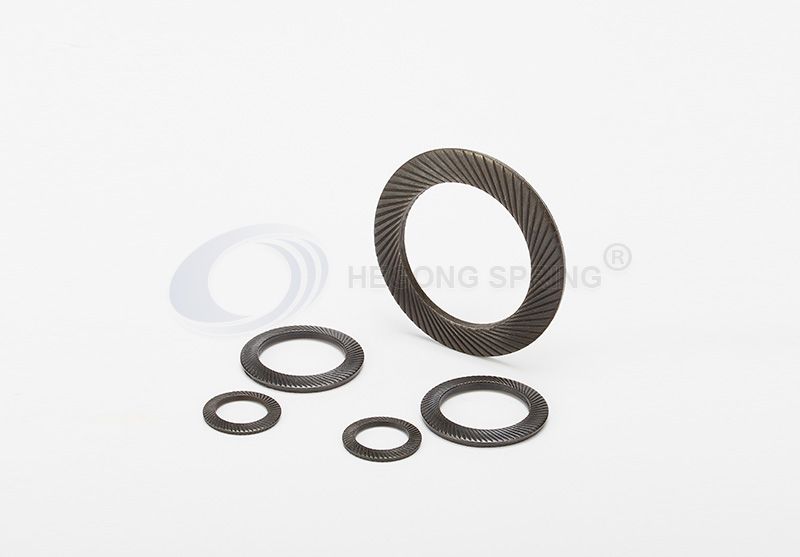Exploring the Distinctions: Lock Washer vs. Wave Washer
Feb. 27, 2024
In the realm of fasteners and hardware components, precision and efficiency are paramount. When considering the intricate mechanisms that hold various structures together, understanding the nuances between different types of washers is crucial. In this comprehensive guide, we delve into the distinctions between lock washers and wave washers, shedding light on their unique characteristics, applications, and advantages.

Definition and Functionality
Lock washers are mechanical components designed to prevent loosening of fasteners due to vibration or rotation. They achieve this by creating friction between the fastener and the surface it's tightened against, thereby resisting any tendency for the fastener to unwind.
Types of Lock Washers
There are several variations of lock washers, each with its own specific design and functionality:
Split Lock Washers: These feature a split cut that allows them to compress when tightened, exerting pressure on the bolt or nut to prevent loosening.
Toothed Lock Washers: Characterized by serrated edges or teeth, these washers bite into the mating surface and the fastener, providing enhanced grip and resistance against rotation.
Internal Tooth Lock Washers: Similar to toothed lock washers, but with the teeth on the inner diameter, providing a secure hold from within.
Applications
Lock washers find extensive use in various industries and applications, including:
Automotive assembly
Machinery and equipment manufacturing
Construction
Aerospace engineering
Exploring Wave Washers
Overview and Mechanism
Wave washers also known as wave springs or coiled wave springs, offer unique advantages compared to traditional lock washers. Instead of relying on friction or teeth, wave washers utilize a wave-like design to provide spring-like functionality.
Design Features
Wave Structure: The distinctive wave pattern allows for deflection and recovery, enabling the washer to compensate for variations in assembly tolerances or thermal expansion.
Uniform Load Distribution: The waves evenly distribute the load, reducing stress concentration and minimizing the risk of damage to the mating surfaces.
Axial Space Savings: Wave washers are compact and can be stacked to achieve greater deflection within a limited axial space, making them ideal for applications with space constraints.
Applications
Wave washers are commonly used in the following scenarios:
Electrical contacts
Bearing preload
Shock absorption
Valve assemblies
Choosing the Right Washer for Your Application
Factors to Consider
When selecting between lock washers and wave washers, it's essential to assess the specific requirements of your application:
Vibration Resistance: If your assembly is prone to vibration or dynamic loads, a lock washer may be more suitable due to its ability to resist loosening.
Axial Space Constraints: For applications with limited axial space or where precise spring force is required, wave washers offer a compact and versatile solution.
Load Distribution: Consider the surface materials and the magnitude of the load to ensure optimal load distribution and prevent damage to components.
Consultation and Custom Solutions
For complex or specialized applications, consulting with a knowledgeable supplier or engineer can help in selecting the most appropriate washer type. Additionally, custom solutions tailored to your specific requirements may be available to optimize performance and reliability.
Conclusion
In conclusion, while both lock washers and wave washers serve the fundamental purpose of securing fasteners, their design principles and applications differ significantly. By understanding the unique characteristics of each belleville washer type and assessing the demands of your assembly, you can make informed decisions to ensure optimal performance, reliability, and safety.
13
0
0
Previous: None
Next: None


Comments
All Comments (0)